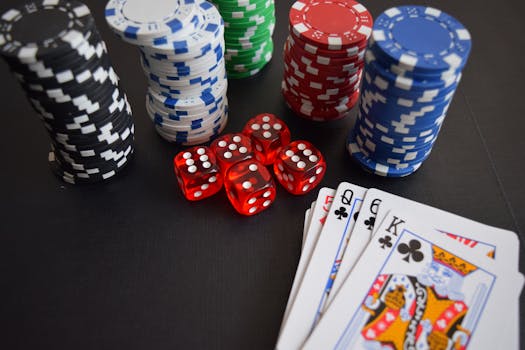Dispelling a common Vegas myth, the anticipated retirement of the one-cent coin in 2026 won’t signal the end for penny slots in Sin City. Instead, these machines are poised for a simple recalibration to accept five-cent increments. This shift is minor when considering the true nature of what we’ve come to know as penny slots—a concept that, in reality, veered away from literal pennies as far back as the 1960s.
The U.S. Treasury’s move to phase out the penny might seem like it would leave a mark on Las Vegas’ casino floors, but penny slots have evolved far beyond their humble beginnings. Today’s versions are highly profitable and easily adjustable to nickel denominations. More intriguingly, the genuine penny slot experience—wherein a player could gamble merely a cent at a time—has been absent from Las Vegas for decades.
Present-day “penny” slots operate on a multi-line betting system that accepts paper currency or tickets and issues winnings in digital credits only. While they boast a minimum bet o

f one cent per payline, this is somewhat misleading since activating a spin typically requires betting on multiple paylines simultaneously.
Exploring deeper into history reveals an interesting narrative: even when Nevada legalized gambling in 1931, finding a slot machine that would take just a penny was exceedingly rare. The Liberty Bell, conceived by Charles Fey in 1895 as the prototype for modern slot machines, set nickels as its lowest bet denomination—a trend that persisted through early Las Vegas gaming establishments.
Though there were instances of penny-activated slots designed to skirt gambling laws by offering non-monetary prizes like candy or trinkets, such machines were novelties rather than casino mainstays. The logistical hassle of managing vast quantities of coins for relatively meager profits made them unattractive to casino operators. By the mid-1970s, any lingering presence of true penny slots in Las Vegas had vanished.
Yet, this hasn’t prevented slot manufacturers from marketing new iterations of electronic and video slot games under the nostalgic banner of “penny slots” since the 1990s. These modern contrivances are built around engaging players with multiple lines and bets per line rather than truly minimal stakes—blending tradition with technological advancement to keep the allure of low-stake gambling alive without relying on actual pennies.
In an interesting twist, traditional coin-operated slot machines still make rare appearances in places like El Cortez downtown—the sole bastion for purists seeking that tactile coin-slot experience, albeit with quarters as their smallest denomination.
In summing up this evolution from mechanical simplicity to digital complexity, it’s clear that while technology and regulations may change, the spirit of accessible and enjoyable gaming continues to thrive in Las Vegas’ ever-evolving landscape. Penny slots may no longer be literal cents-and-coins affairs, but their essence remains an integral part of Sin City’s vibrant gaming culture.










Leave a Reply